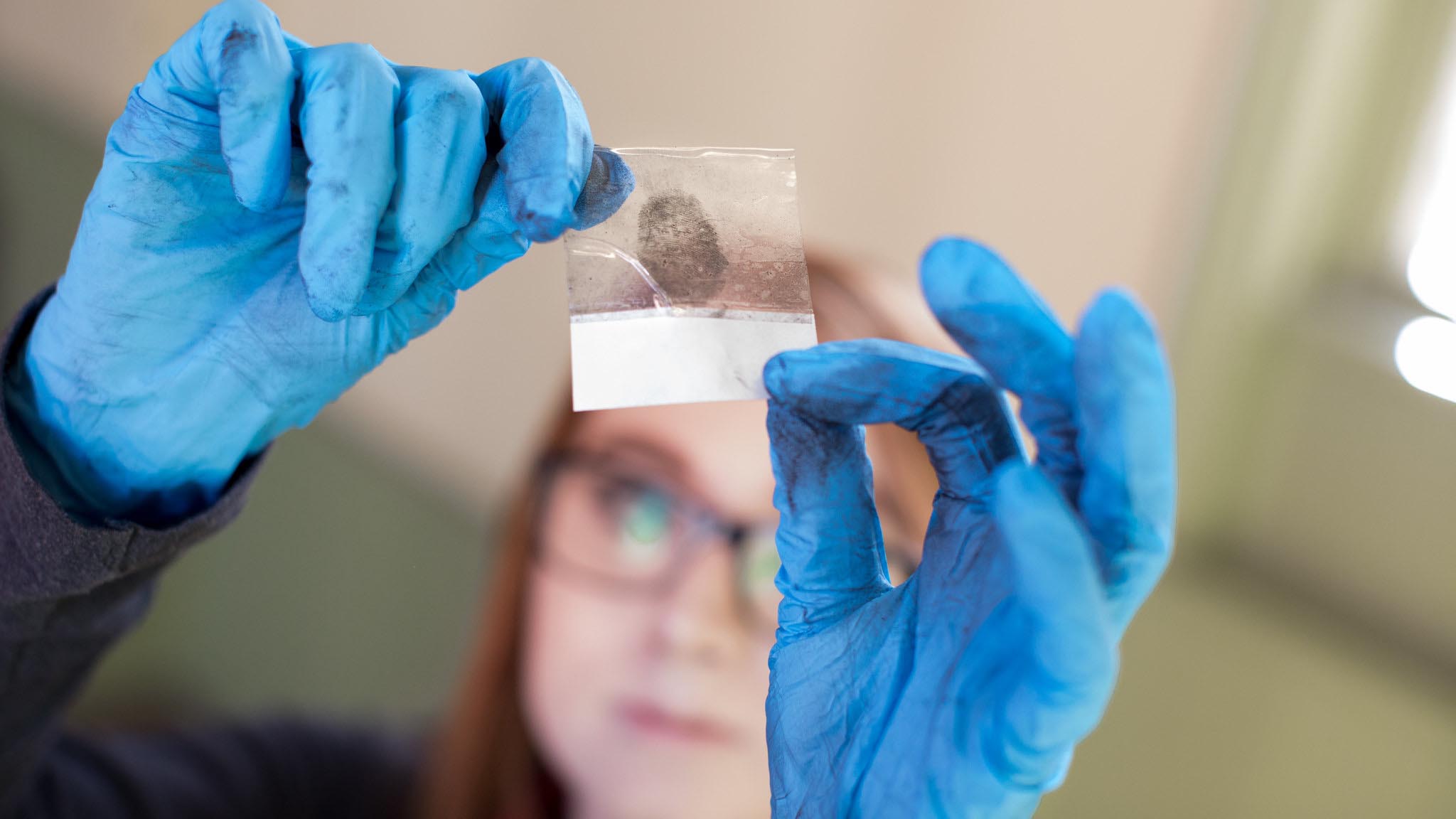Hands-on learning opportunities in the sciences will continue for students during remote classes this fall.

“Lab experiments,” says Cal U chemistry professor Dr. Kimberly Woznack, “are some of the most fun parts of science courses.”
A proactive approach this summer will ensure they remain fun and educational — just in a different setting, according to Dr. Brenda Fredette, dean of the Eberly College of Science and Technology.
Cal U shifted nearly all classes to a remote learning format for the fall semester in response to the COVID-19 pandemic.
“We have been very proactive in identifying the educational resources both faculty and students will need this fall and the professional development needs of our faculty,” Fredette said.
Dr. Mario Majcen, associate professor in the Department of Mathematics and Physical Sciences, spearheaded Cal U’s participation in an online learning consortium that provided training on instructional design and best practices in online learning.
“This summer, we had eight faculty participants from Cal U — at least one member of each department that would include a science lab — who completed training in how to design science lab experiments in an online environment,” Majcen said.
Those eight served as teacher-mentors for other Cal U faculty who are teaching labs this fall.
“The training works toward how to build the lab experience in a meaningful way, so that students are thinking about what they’re doing and engaging with the concepts,” Fredette said. “Follow-up activities will give students the opportunity to use what they’ve learned to demonstrate their knowledge.”
Coronavirus Aid, Relief and Economic Security (CARES) Act funding has helped the University to purchase online simulation resources and other materials.
“We are working to purchase commercial kits so that students can have hands-on experiences at home, as well,” Fredette said.
“Several vendors have kits for biology, microbiology, cell biology, chemistry, so students can have the materials they need and don’t have to worry about gathering supplies.”
In a few specialized programs with specific accreditation requirements, students will participate in hands-on “boot camp” experiences. For example, veterinary technology students will work with large animals at a designated farm site.
Students in programs such as athletic training and physical therapist assistant also will be able to meet their requirements for graduation.
Other students will be completing labs at home.
For his Sedimentation and Stratigraphy course, Dr. Kyle Fredrick has ordered sedimentary rock kits and microscopes for students, and he will send them samples of sand for analysis and reporting.
Dr. Louise Nicholson’s students in Genetics will gain hands-on experience in DNA extraction, genetic crosses and artificial selection, DNA fingerprinting and more. There will also be lab activities focusing on DNA microarrays, DNA barcoding, protein structure, Genome-Wide Association Studies (GWAS), and population genetics. Instruction will be expanded in genomics, which uses online databases and annotation tools and applies to careers in medical and veterinary sciences.
In Human Anatomy, real-time interactions with professors Brian Paulson and Jesse Eiben will guide students through the structure of human body systems. Simulation software will allow students to perform dissections in a virtual environment.
In Cal U’s mechatronics engineering technology program, faculty are converting hands-on sessions to simulations using industry-recognized software packages.
“Festo is an industrial equipment manufacturer and also a vendor for the lab equipment we have at Cal U,” explained Dr. Jennifer Wilburn. “The simulation packages are made to supplement that hardware and teach the same principles.”
Mechatronics students also will use software from Tooling U-SME, which produces certifications and content for the manufacturing industry.
In chemistry, Dr. Matthew Price has created videos of experiments for his junior-level organic chemistry course. Students will use a pre-formatted electronic notebook to organize experiment reports, and small groups will meet in Zoom breakout rooms to review concepts and make calculations.
Woznack’s first-year chemistry students will learn about the relationship between pressure and volume of a gas sample using a simulation that allows variables such as temperature and sample size to be manipulated.
Still other professors are reaching out to professional organizations to develop resources.
Dr. Carol Bocetti, a wildlife biologist in the Department of Biology, Geology and Environmental Sciences, began collaborating with The Wildlife Society’s College and University Wildlife Education Working Group on best practices for remote learning.
She also is working with colleagues at the U.S. Forest Service, the Pennsylvania Game Commission and two wildlife refuges to create videos of hands-on techniques used to study pine martens, box turtles and black bears.
The positive side to remote learning, Bocetti said, is that “students will have a chance to see a wider variety of organisms and habitats as they watch the application of techniques by a wider variety of field biologists.”
Wilburn agreed.
“We have a finite amount of equipment in our lab,” she said, “but if you’re working on a simulation, everyone can work independently and spend more time learning some of the processes. We can use Zoom breakout rooms for the teamwork experience that industry looks for.”
Having the summer to prepare for online learning has made a big difference for faculty.
“Tremendous effort has been made to ensure we have the tools to make this work,” Wilburn said. “Over the summer, we’ve had time to make plans, to look ahead knowing that remote learning was a definite possibility for fall, and to brush up on pedagogies and methodologies for online vs. face-to-face.”
The certainty that the full semester will involve remote learning has reduced some of the anxiety for students too, Majcen said.
“They can focus on their educational experiences without worrying whether classes will start face-to-face and then have to be switched to an online format, as happened in the spring semester.”
